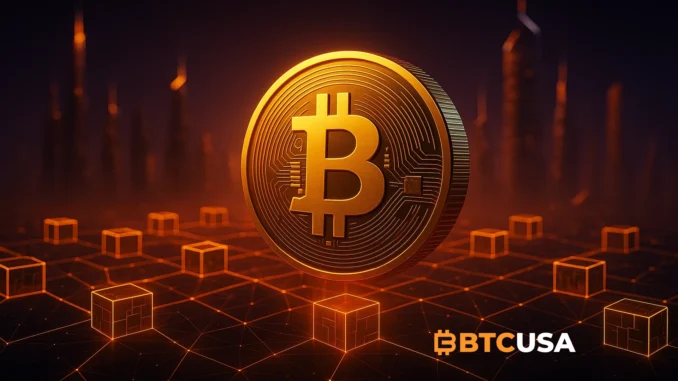
Bitcoin Beyond 2030: What Happens When All 21 Million Coins Are Mined?
Bitcoin’s total supply is hard-capped at 21 million coins — a feature that defines its scarcity and separates it from every traditional currency ever created. But what happens when that cap is finally reached? The answer lies not only in Bitcoin’s code but also in the future of its economy, security, and user behavior.
As the world moves closer to that inevitable moment, the conversation around Bitcoin’s long-term sustainability is becoming louder than ever.
The Countdown to 21 Million
At the current rate, the last Bitcoin will be mined around the year 2140. However, the majority — more than 99% — will already be in circulation by 2035. Each halving reduces mining rewards by 50%, creating a progressive slowdown in new coin issuance.
The halving in 2024 dropped block rewards from 6.25 BTC to 3.125 BTC, and by 2032, it will be just 0.78125 BTC. By the time new coins become statistically negligible, the Bitcoin economy will have evolved into a fee-driven system.
When Block Rewards Disappear
Currently, miners earn revenue from two sources: block rewards (newly minted BTC) and transaction fees. Once the final block is mined, rewards vanish entirely, leaving only transaction fees to incentivize miners to keep the network secure.
The question is — will fees alone be enough?
Many experts believe so. As Bitcoin’s usage grows and Layer-2 solutions like Lightning Network scale, transaction volume could rise dramatically. High demand for block space would translate into sustainable fee markets, ensuring continued miner participation.
Others argue that without sufficient fees, the network could face reduced hash power, leading to lower security. The long-term balance will depend on Bitcoin’s adoption rate and how effectively second-layer solutions manage network congestion.
The Economics of Extreme Scarcity
Bitcoin’s fixed supply is what drives its “digital gold” narrative. As scarcity increases, so does perceived value — especially as global fiat currencies continue to inflate.
Once all coins are mined, Bitcoin’s role could shift even further from a transactional asset to a global store of value. Every coin in existence would represent an immutable slice of a finite digital universe — a self-contained economy where value flows, but supply never expands.
In such an environment, Bitcoin could become the ultimate collateral asset, used to secure loans, fund decentralized applications, or back stable-value instruments across multiple blockchains.
The Security Equation
Security remains the most debated aspect of Bitcoin’s long-term model. The network’s strength depends on miners’ willingness to commit hash power, which, in turn, depends on economic incentives.
If transaction fees rise naturally due to high demand, Bitcoin’s proof-of-work system could remain robust indefinitely. However, if network usage stagnates or Layer-2 solutions draw too much activity off-chain, miner revenue could decline — potentially opening the door to lower network security or higher centralization among remaining miners.
Emerging proposals such as “merged mining” or hybrid consensus models could offer future solutions, though purists maintain that Bitcoin’s original proof-of-work design should remain untouched.
The Philosophical Shift
The post-mining era will also bring a philosophical shift. Bitcoin’s supply cap isn’t just a technical limit — it’s a statement about the end of monetary inflation. When no new coins are created, Bitcoin transitions from being “minted money” to a closed system of value preservation.
This phase could redefine what “mining” means altogether. Instead of creating new coins, participants might compete for fees, validate high-value transactions, or even engage in governance-like activities through network incentives.
Looking Ahead to 2140 and Beyond
By the time Bitcoin reaches its supply limit, the financial world could look radically different. Central banks may issue tokenized currencies, AI-driven trading may dominate markets, and Bitcoin — the original decentralized asset — could serve as the anchor of digital finance.
The halving cycles leading up to that year will shape how ready the ecosystem is for a zero-reward economy. Whether it’s through evolving fee structures, energy-efficient mining innovations, or deeper institutional participation, Bitcoin’s longevity appears stronger than ever.
Conclusion
When the last Bitcoin is mined, it won’t mark the end of the network — but the beginning of a new chapter in financial history. The scarcity that once drove price speculation will evolve into a cornerstone of value stability.
Bitcoin’s ultimate test won’t be about mining rewards — it will be about whether humanity can sustain trust in a system that no longer inflates, no longer prints, and no longer bends to central control.
And if it succeeds, Bitcoin won’t just be “digital gold.” It will be the digital foundation of the world’s next monetary era.


